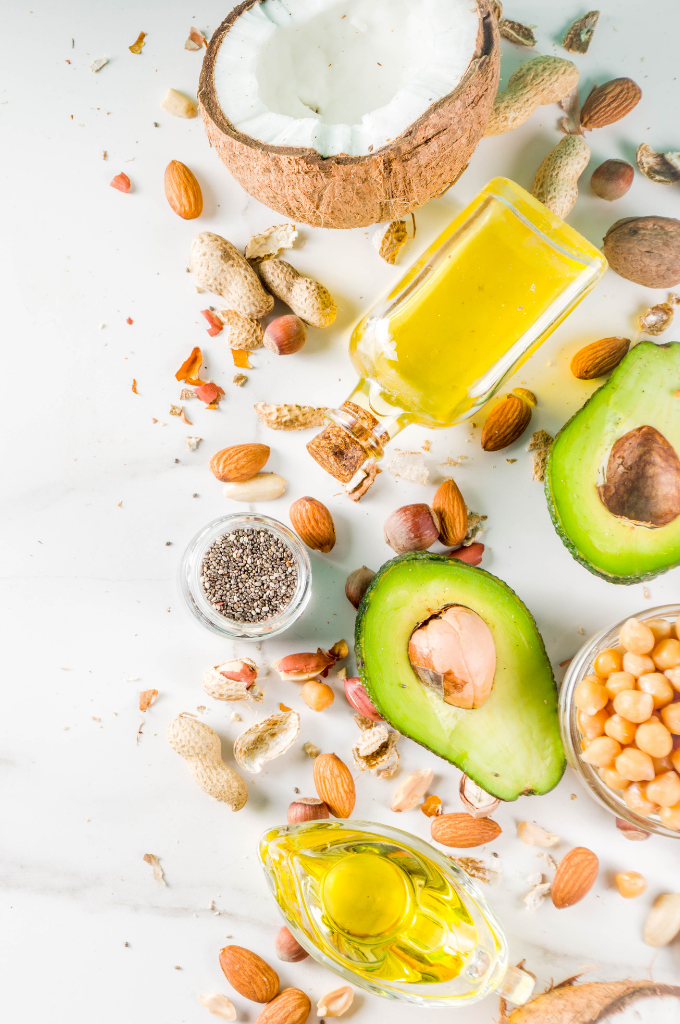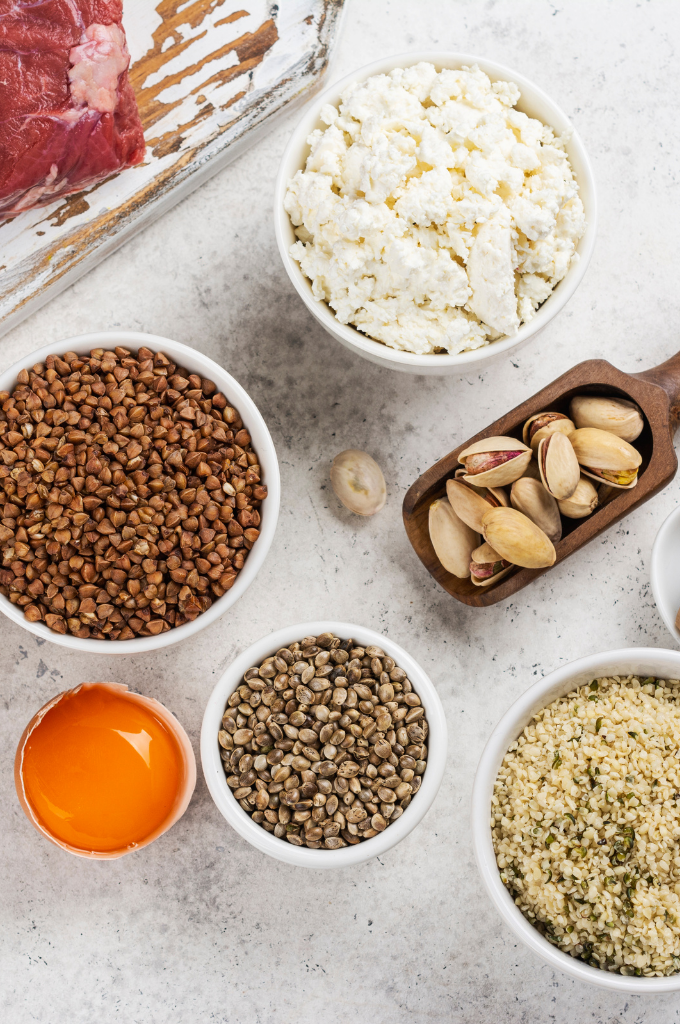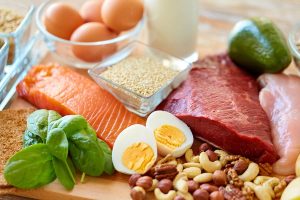The fats (or lipids) are macronutrients essential for the proper functioning of our body. Although often linked to a negative image, they actually play crucial roles that go far beyond simply providing energy. In this complete guide, updated to July 2025, we’ll explore what fats are, how they’re classified, their essential functions, the main types, and where to find them in food.
What Are Fats (Lipids)?
From a scientific perspective, lipids are “substances that dissolve in organic solvents but are insoluble in water.” In everyday language, we tend to distinguish between **fats** (solid at room temperature) and **oils** (liquid). However, their classification is more complex and includes several types, each with a specific role:- Triglycerides: the most common form of fat in our body and in food.
- Phospholipids: fundamental components of cell membranes.
- Fatty Acids: the “building blocks” of triglycerides and other lipids.
- Waxes: with protective functions.
- Sterols: such as cholesterol, essential for the synthesis of hormones and vitamin D, but important to keep under control.
- Fat-Soluble Vitamins: vitamins A, D, E, and K, which require fats for absorption.
Classification of Lipids: Saturated, Unsaturated, and Hydrogenated
Fats are mainly distinguished by their chemical structure, which determines their impact on health:
Saturated Fats
Found mainly in animal-based foods (such as red meat, butter, aged cheeses), with some plant-based exceptions (coconut oil, palm oil). Excessive consumption of certain saturated fatty acids (particularly myristic, palmitic, and lauric acids) can negatively affect **cholesterol levels** and increase the risk of **cardiovascular disease**. It’s recommended to limit their intake.Unsaturated Fats
Abundant in plant-based foods (vegetable oils, oilseeds, nuts) and in many types of fish. They are considered healthier when consumed in the right amounts. They are further divided into:- Monounsaturated Fats: e.g., olive oil, avocado, nuts.
- Polyunsaturated Fats: e.g., seed oils, fatty fish.
Hydrogenated Fats (Trans Fats)
These are unsaturated fats that have been industrially modified through the hydrogenation process to make them more solid and extend shelf life. Once thought to be harmless, today they are classified as harmful to health. Intake of **hydrogenated fats** (often found in packaged foods, pastries, and fast food) should be strongly limited or eliminated to reduce the risk of cardiovascular and inflammatory diseases.Essential Functions of Fats in Our Body
Fats play multiple key roles that make them indispensable for our health:- Structural Function: They form the cell membranes of every cell in our body and make up adipose tissue, which serves as an energy reserve, mechanical protection for organs, and thermal insulation.
- Energy Function: Along with carbohydrates, fats are a primary source of energy, especially during moderate to low-intensity and long-duration physical activity.
- Hormonal and Regulatory Function: Adipose tissue is not just a storage site—it acts as a true endocrine organ. It produces and releases hormones and inflammatory mediators that regulate vital processes, influencing metabolism, the immune system, and the inflammatory response. A balanced adipose tissue is crucial for overall health.
- Transport and Absorption: Fats are essential for the absorption of fat-soluble vitamins (A, D, E, K) and for the transport of other molecules in the blood.
The Most Important Fats: Essential Fatty Acids
Most fatty acids can be synthesized by our body. However, there are the so-called Essential Fatty Acids (EFAs), which the body cannot produce on its own and must therefore be obtained through diet. These are crucial for a well-balanced nutrition plan:
- Linoleic Acid (Omega-6): found in vegetable oils (corn, sunflower, soy) and nuts.
- Alpha-Linolenic Acid (Omega-3): found in flaxseeds, chia seeds, walnuts, and canola oil.
- Eicosapentaenoic Acid (EPA – Omega-3)
- Docosahexaenoic Acid (DHA – Omega-3)

Where Do We Find Fats in Foods?
Fats are widely present in our diet, both in liquid and solid form.Sources of Unsaturated Fats (the “Good Fats”)
- Vegetable Oils: Extra virgin olive oil (the most recommended for its anti-inflammatory properties), seed oils (sunflower, corn, soy, flax).
- Fatty Fish: Salmon, mackerel, tuna, sardines, herring – rich in Omega-3 (EPA and DHA).
- Nuts and Oilseeds: Walnuts, almonds, cashews, hazelnuts, chia seeds, flaxseeds, sunflower seeds.
- Fat-Rich Fruits: Avocado, olives (and olive oil).
Sources of Saturated Fats and Cholesterol (to Be Moderated)
- Red and Processed Meats: The lipid profile varies depending on the cut, species, and animal’s diet. Some game meats (deer, wild boar, roe deer) can be an excellent protein alternative with a good lipid profile (low in cholesterol and saturated fats, rich in protein and B vitamins).
- Animal Derivatives: Butter, lard, suet, cream, aged cheeses.
- Offal: Brain, marrow (high cholesterol content).
- Milk and Dairy Products: Prefer low-fat options.
- Coconut Oil and Palm Oil: Although plant-based, they are high in saturated fats and should be consumed in moderation.
- Eggs: The yolk is a source of fats and cholesterol. However, the presence of lecithins partially inhibits absorption, making eggs a nutritious food that can be consumed in moderation (even more than 2 per week for healthy individuals).
Recommended Intake
Current nutritional guidelines recommend that fat intake should represent between 25% and 35% of total daily calories, or about 0.8–1.2 grams per kilogram of body weight per day. It is essential that at least 10% of total calories come from essential fatty acids (Omega-3 and Omega-6), which are often lacking in the Western diet. Requirements may vary depending on specific conditions:- Children, the elderly, pregnant or breastfeeding women may require a higher intake.
- In women, the balance of dietary fats is particularly important and linked to the menstrual cycle.
Fats and Physical Activity: Optimizing Performance

In the context of physical activity, fats are a crucial energy substrate, especially during low- to moderate-intensity aerobic exercise and long-duration efforts (e.g., marathons). They are primarily used when oxygen is available in sufficient amounts.
However, it is important to debunk a common myth: burning more fat during exercise does not necessarily mean losing more body fat or weight. What truly matters for weight loss is the overall caloric deficit over time, meaning the balance between calories consumed and those burned through activity.
Tips for Fat Intake in Relation to Training
- Before Training or Competition: Avoid consuming large amounts of fats right before exercise, as they may slow digestion and impair performance. Small amounts of nuts or dark chocolate a few hours before can be beneficial.
- After Training: Most dietary fats should be consumed away from intense physical activity to avoid interfering with glycogen replenishment and digestion.


